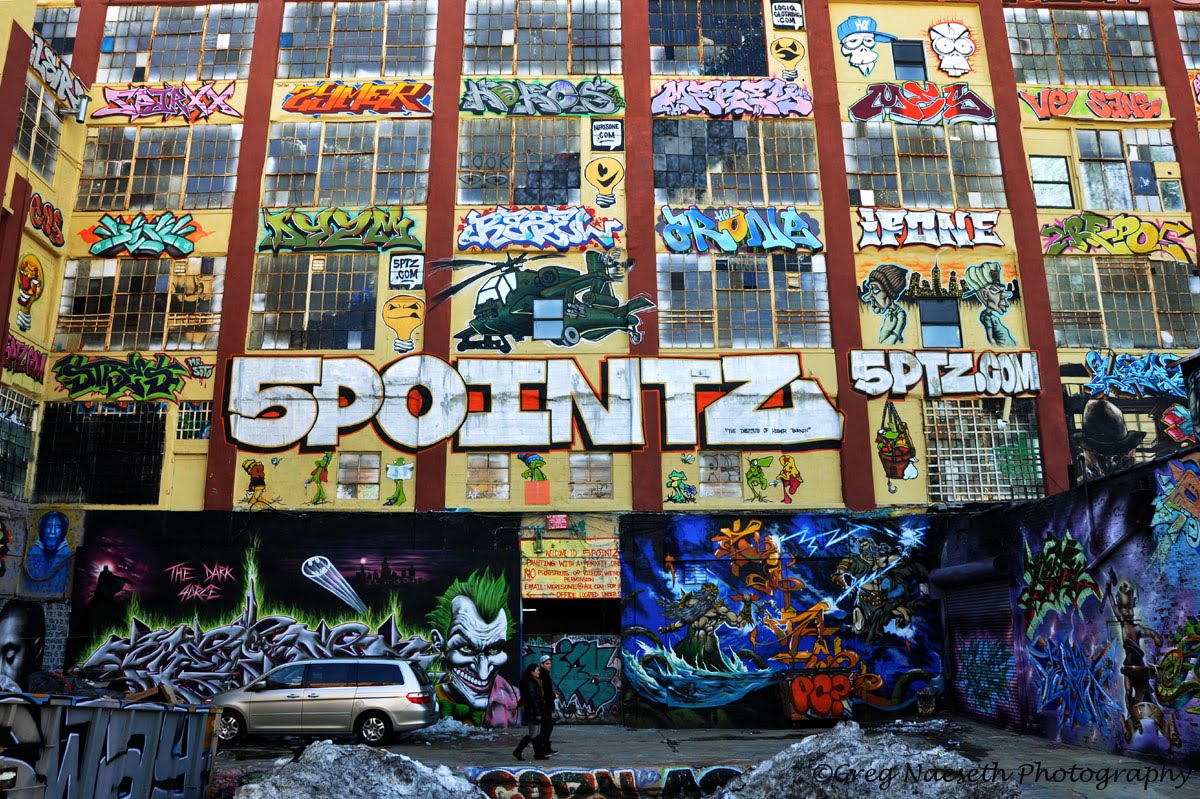The swift movement of multiple presses shake the room. Screen frames bounce on drying racks and send shockwaves of vibration across the floor. The space is warm and smells like a mixture of emulsion and ink. Squeegees squeak as they rub against mesh screens while conversation across the work floor is muffled by the various sounds of machinery. This is a typical day at Gowanus Print Labs, a screen printing school and studio in Brooklyn, New York.
Considered to be a twentieth century innovation, screen printing is a printing technique that finds its roots to stenciling as far back as the Song Dynasty (960-1279 AD) in China. Although screen printing has become more complex since then, the basic technique remains the same: ink is pushed through a mesh screen onto a stencil to produce the desired image. Today, screen printing uses a light sensitive chemical called emulsion to create the stencil (the final stencil is known as film). The process of creating this stencil is very similar to traditional film photography.
And yet despite the advent of newer printing technologies and techniques such as digital or offset printing, screen printing remains popular in printing posters, apparel, music album covers, and a wide variety of other products. Even more so, a recent trend of increased commercial screen printing and studios popping up especially in Brooklyn show that screen printing is rapidly growing in popularity. But why?
Studio manager, Lindsay Woodruff, at Gowanus Print Labs in Brooklyn might have the answer. “I think screen printing is still popular because it is one of the more hands-on kinds of printing. There are machines that can do some of the steps for us, but most people choose to do it all by hand, creating items with love and attention to detail.” Lindsay believes that this handmade and personal characteristic of screen printing is what makes it popular choice for both artists and consumers. Artists feel more connected to their work and consumers feel more connected to their favorite artists, appreciating the “physical effort” that goes into making a print.
Gowanus Print Labs founded not more than three years ago touts itself as a community screen printing studio, providing an open workspace for artists and printmakers. It sits next to a commercial print factory under the same management. Lindsay explains that the owner of the factory and his partner wanted to create “a space where artists can work, where novices can take classes, and a community of people working with their hands could be built.” Their mission is to create a community of passionate screenprinters.
Andy Warhol, a significant figure in art movements of the 60s and 70s, is often credited with popularizing screen printing with his iconic “pop-art” portrait of Marilyn Monroe shortly after she had committed suicide. Screen printing was and still remains a relatively inexpensive medium to reproduce large volumes of the same exact image, but requires a limit on the number of colors that can be used per print. Pop art artists like Andy Warhol, Roy Lichtenstein, and Jasper Johns used a small number but bright contrasting colors to create prints that defined the pop-art movement and established screen printing as an art form.
Gowanus Print Labs is one of many screen printing studios that have been emerging across Brooklyn to embrace this art form, especially in the past decade. Gowanus is unique in that it provides screen printing classes from introductory to more advanced levels covering nearly every aspect of the art, and even business, of screen printing. Lindsay says that the diversity of students that show up to these classes vary. They are young and old, self-declared artists, creative muses, the curious, aspiring businessmen and women, and even seasoned veterans looking to brush up on some skills. In her own words, “We get students from all walks of life taking our classes!”
A survey of the studio’s website shows class after class completely booked. The popularity and demand is certainly evident. People look to screen printing as a fun activity, as an easy and cost-effective way to produce quality stationary or wedding invitations, or even for commercial pursuits.
But this emerging popularity of screen printing seems to be closely related to the hand-made revolution: the rising popularity of hand-made goods. Mass-production of retail goods have left both artists and consumers longing for a personal and organic touch; a touch offered by hand-made goods. In urban areas like New York City and specifically Brooklyn, there is “an insurgence of consumers looking to buy handmade products and support local artists, which creates a market for the things that people love to make.”
Lindsay calls this trend towards screen printing, these emerging studios, and the popularity of hand-made goods as a revival of the art form. “There is a revival of people wanting to create things or wanting to work for themselves,” and Brooklyn she claims is host to these “influx of makers.”
Works Cited:
Andy Warhol and the Art of Screenprinting” Christies. N.p., 31 Aug. 2012. Web. 18 Nov. 2013.
Roberts, Gordon. “History’s Influence on Screen Printing’s Future.” ScreenWeb. Screen Printing
Magazine, 04 Mar. 2006. Web. 19 Nov. 2013.
Watt, James C. Y., Anne E. Wardwell, and Morris Rossabi. Why Ancient Silk Is Still Gold: Issues
in Chinese Textile History. N.p.: n.p., n.d. JSTOR. Web. 19 Nov. 2013.
<http://www.jstor.org/stable/4629553>.
Woodruff, Lindsay. E-mail interview. 19 Nov. 2013.




